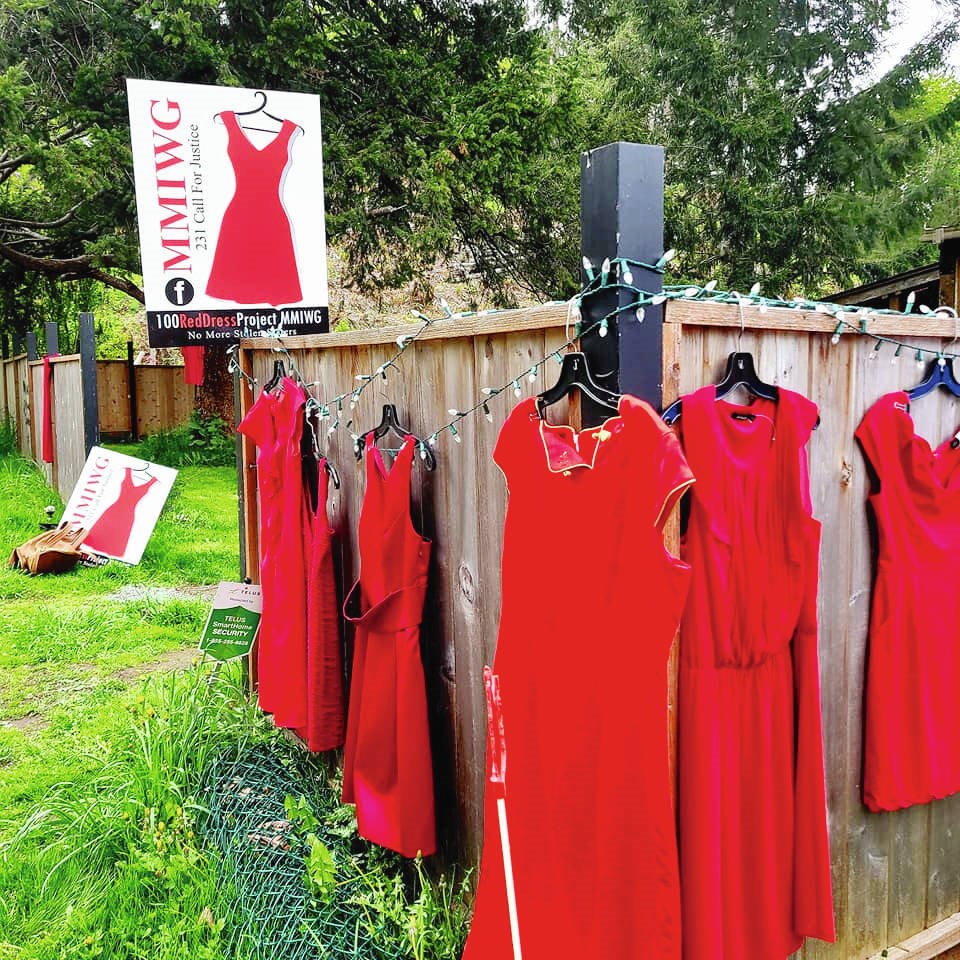For Stephanie Rivers Elickus, a driving force behind the many red dresses hanging along Island highways, Red Dress Day is about reminding people why she hangs those dresses.
Today is National Day of Awareness of Missing and Murdered Indigenous Women and Girls in Canada, or Red Dress Day. The dresses have become a symbol of missing and murdered Indigenous women and girls in North America.
Violence against Indigenous women and girls is “systemic and a national crisis,” says the Assembly of First Nations, which represents about 900,000 First Nations people in Canada.
Indigenous women and girls are five times more likely to experience violence than any other population in Canada, and Indigenous women make up 16 per cent of all female homicide victims and 11 per cent of missing women, despite representing just 4.3 per cent of the population, the organization says.
May 5 is also a day of personal significance for Elickus — the 29th anniversary of her sister’s murder.
“So this is really important to me. And it’s really near and dear to me that people get their justice, or they get some action,” she said.
Elickus hung 45 red dresses in Campbell River to make a statement marking the day and has planned a vigil in a downtown park to remember the women who never came home.
Elickus said she hung her first red dress in the early 2000s and has placed more than 100 along highways from Victoria to Port Hardy just this year.
With the help of a network of volunteers, dresses have also been hung on the Gulf Islands and the Sunshine Coast.
The red dresses act as a symbol of solidarity and are intended to raise awareness.
When she hangs a dress, Elickus says a prayer and asks the spirits to call the missing women home.
“For me, it’s speaking for the ones that can’t speak anymore, you know, the silenced,” she said.
She started a Facebook page this year dedicated to the cause, where she shares stories of women who are missing and photos of red dresses hanging all over the Island, and tries to raise awareness about the meaning behind the dresses.
“There’s still so many that don’t have a clue,” she said.



